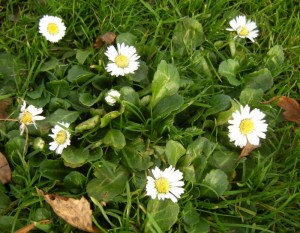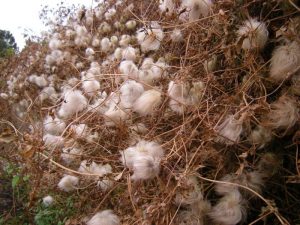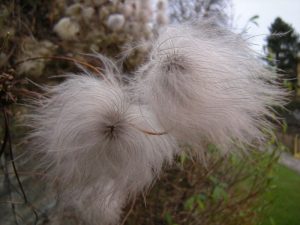2008 was a year of desperate weather conditions. The wettest August was recorded with correspondingly low sunshine levels. Indeed on the 6th of the month the rain gauge almost overflowed with 63.6mm of rain in 24 hours. Let me remind you of the short dry spells of early June and mid July both yielding a week of temperatures in the 20’s ºC and would you believe, dry. Now the coldest start to winter for 30 years and throughout the year working with soil that rarely dried out. In some areas the lawns have a pontoon feel when walked across. In consequence these areas have been difficult to mow. The first cut was on 28th January and interesting to note Daisy’s (Bellis perennis) were flowering in December. The weight of the machines on waterlogged soil is a fatal combination causing damage to soil structure so mowing did not continue far into the autumn.
With the increasing heavy rain it is noticeable how bare soil becomes degraded. Droplets create a capping effect on the soil surface which then leads to erosion. In the vegetable garden and through bare borders a green leaf crop sown will help stabilise soil until cropping or replanting commences in spring.
Need a job for the winter months? plant shelter-belts and hedges for future generations to appreciate. If not able to undertake a project of this size decide on a tree suitable for your garden and plant it. Don’t procrastinate for another year.
Leaving the year with seed heads, the attached image of swirls of fluff resembling cotton wool adorn Clematis ‘Bill Mackenzie’ on the wall at the Alpine house area. (For description see archived seasonal plants of 5/10/2007) The long filaments that make up this head of seeds are the styles, gently curving and covered in minute silvery hairs.
Best wishes for the New Year and may your plantings prosper throughout 2009.



